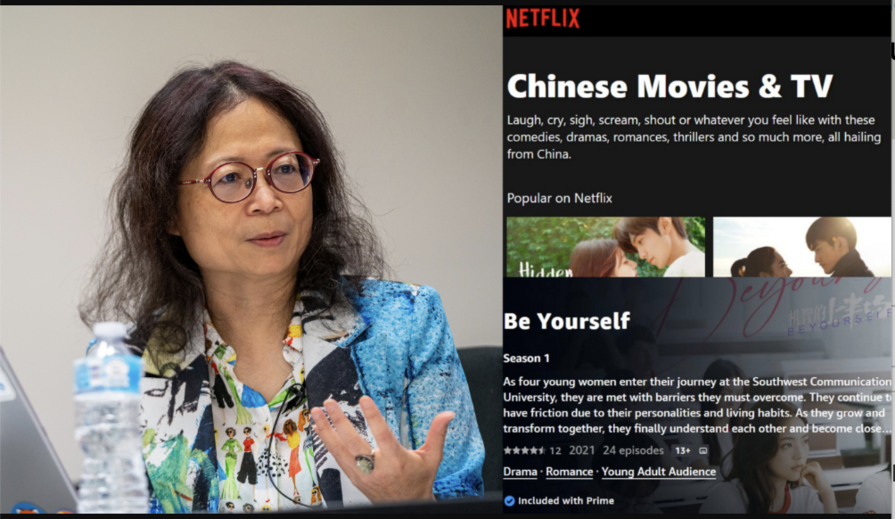By PENGYU ZHU
In the past 50 years, urban development in the U.S. has resulted in the dual emergence of flexible firms (employment decentralization) and flexible workers (residential suburbanization). As a result, many scholars argued that the employment decentralization, strengthened by the segregation in housing markets, impairs job accessibility of inner city minority groups. This is known as the “Spatial Mismatch Hypothesis” (SMH), first proposed by Kain (1968). Generally, SMH studies focused on the labor market outcomes of the various racial/ethnic minorities living in inner city neighborhoods who have limited mobility and thus are spatially isolated from decentralizing blue-collar jobs (i.e., Ihlanfeldt 1997; Kasarda and Ting 1996; Raphael 1998).
In China, many low-skilled workers are currently experiencing the same “spatial mismatch” as those ethnic minorities in the U.S. The rapid urbanization in many regions of China has changed the urban-rural landscapes and incurred a massive influx of rural migrants from less developed part of the country. One major change in the landscapes of many large Chinese metropolitan statistical areas (MSA) has been the encroachment of rural settlements by the ever-expanding urban boundaries. Due to the high capital cost and time cost of moving native rural residents, local authorities are more willing to leave these villages in their status quo in facing rapid urbanization. Thus, many previous villages now become part of the cities (namely, ‘villages in cities’ or ‘urbanizing villages’).
The rapid urbanization has also induced a massive rural-urban migration. Song et. al. (2008) mentioned that 70 million rural migrants were working and living in urban areas at the end of 2000. Similar to new immigrants in the U.S., rural migrants in China have become a major source of low-skilled workforce that fuels the continuous growth of many large Chinese cities. The sustainability of these cities is now largely dependent upon a successful assimilation of these rural migrants in both the urban labor market and the urban housing market. However, rural migrants typically do not have much access to the various social services including low-income housing provided by local authorities. On the other hand, urbanizing villages are considered as special areas in the planning perspective and usually are not regulated by zoning or other planning regulations (especially at their early stage of incorporation into the city). Therefore, native residents in urbanizing villages are able to construct inexpensive housing units and rent/sell them to rural migrants who are looking for shelters while excluded, in an economic sense, from the expensive urban housing system.
Generally, these urbanizing villages are perceived as undesirable places by local authorities and local people, since these villages are usually associated with unplanned land uses, deteriorating housing conditions, and high crime rate. During my interviews with several staffs from Guangzhou Urban Planning Bureau as well as a dozen of local people, I often heard complaints like: “These urbanizing villages are very dirty and sometimes threaten the safety of surrounding neighborhoods. They should be demolished by the government in order to make Guangzhou a more beautiful city for the 16th Asian Game as well as a more attractive place for long-term investment and development.” “These urbanizing villages really should be demolished. Then the rural migrants will leave Guangzhou and go elsewhere. And Guangzhou will become cleaner.” Other sympathetic views are also prevailing. One official said “we have to acknowledge the contributions these rural migrant workers made to Guangzhou. Without them, Guangzhou will never look like what it is today. Demolishing these urbanizing villages will make these rural migrant workers no place to live and eventually force them to leave for other cities. This will cause an even larger problem for Guangzhou.”
Indeed, these urbanizing villages play an important role in housing rural migrants. For example, within the city boundary of Guangzhou which had a total population of over 8 million, there were about one million inhabitants residing in the 277 urbanizing villages in 2000 (Zhang et al., 2003). And a local government official told me that, “according to unofficial statistics, there are 14 million people living in the 12 districts of Guangzhou City by the end of 2009, and around 2 million are living in urbanizing villages currently.”
During the field work in Guangzhou and Shenzhen, I also interviewed several dozens of rural migrant workers. They generally consider urbanizing villages as the best choice for housing given their economic situation. First, living in urban areas offers these rural migrant workers a good access to information about job market. Second, although the public transit systems in Guangzhou and Shenzhen are considered very well, suburban areas are much less transit accessible. Third, most urban residents in Guangzhou and Shenzhen are still less willing to live in suburban areas, partly due to culture reasons, and also partly due to the fact that education quality in urban areas is much better than in suburban areas. Even for those people with high-income and high-education who are buying high-amenity condominium in the suburbs, they still want to keep a housing unit in urban area so that their kids can go to better schools. Similar to local residents, some of my interviewed rural migrant workers are more willing to live in urbanizing villages for the sake of getting better education for their kids.
However, these urbanizing villages are not necessarily close to blue-collar jobs for which most rural migrants are looking. With the process of urban growth, these urbanizing villages are usually located within various industrial parks, such as clothing manufacturing parks, automobile manufacturing parks, electronic device manufacturing parks, biochemical medication parks, etc. While some industrial parks provide many blue-collar jobs (i.e., clothing and toy manufacturing parks), most of them are high-technology parks and requires the workers to at least have a bachelor’s degree. This job-housing imbalance incurs possible spatial mismatch for the rural migrant workers living in these urbanizing villages.
My preliminary findings from the interviews suggest that rural migrant workers living in urbanizing villages are more likely to be employed and earning higher wages than those living elsewhere (i.e. suburban areas). It seems that rural migrant workers living in urbanizing villages are suffering less spatial mismatch consequences than I expected. Certainly, these findings are only based on brief interviews and did not control for the interviewees’ other socioeconomic and lifecycle conditions. Detailed data are required for this research project in reaching any conclusive findings.
Through this field work, I have reached an agreement with officials of the urban planning bureau in Guangzhou and Shenzhen to provide me with detailed land use maps and GIS maps that can be used to accurately identify all urbanizing villages within these cities. I also discussed with two associate professors in the School of Geography and Urban Planning at Sun Yat-Sen University about collaborating on surveying rural migrant workers in Guangzhou and Shenzhen. The survey will collect socioeconomic information for each sampled individual worker, such as age, gender, experience, education, income, marital status, presence of child, number of workers in household, etc. We are currently in the process of writing a joint proposal to request funding from the China National Social Science Fund for conducting such a survey.
Click here to view projects of other 2010-2011 USCI Graduate Summer Fieldwork Grant receipients.



